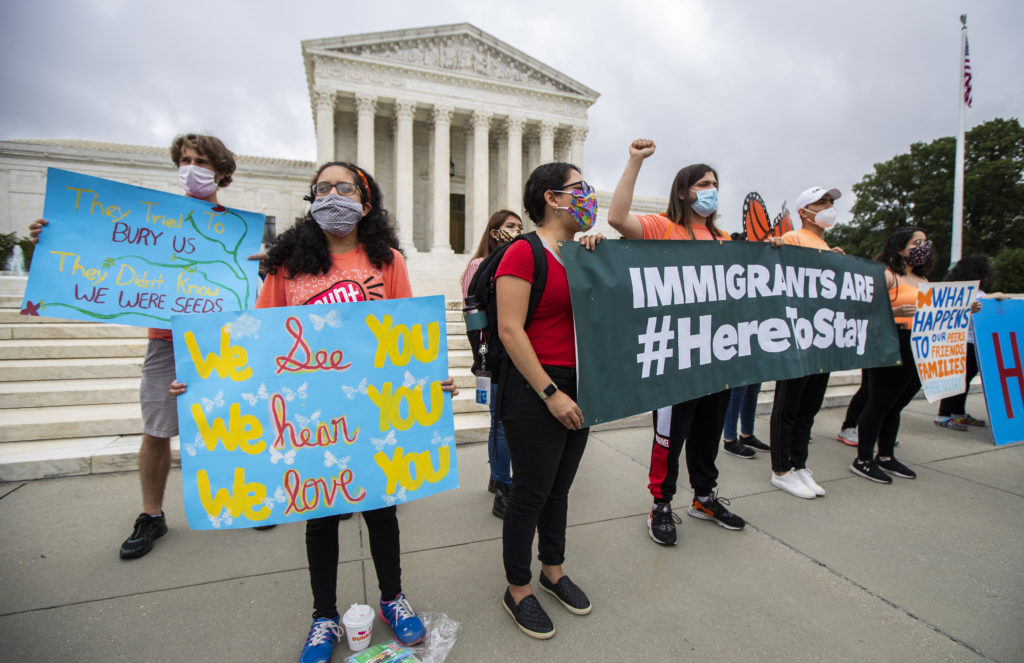
More than 200,000 children who grew up in the U.S. legally under the protection of their parents’ temporary visas risk losing their legal status when they turn 21. Whether it is because of immigration backlogs, or because they are not eligible, they have been unable to become permanent residents and now face deportation.
According to the Cato Institute, more than 10,000 children age pass green card eligibility each year; many of whom are forced to leave, often leaving their families behind. These people are not protected under the Deferred Action for Childhood Arrivals program (DACA) because the program requires applicants to be undocumented.
Department of Homeland Security Secretary, Alejandro N. Mayorkas, was asked if the administration was considering extending protections to documented youths, which he denied. He said the department’s plans are to fortify the DACA program while shifting the responsibility of passing immigration reform to include documented youths to Congress.
There are protections to keep families together when parents move to the United States on temporary work visas, however, those protections end when children turn 21 because they are no longer considered part of the family unit. Even without legislative progress, the advocacy group, Improve the Dream, has focused on increasing awareness of the issue and on urging the Biden administration to make changes.
Among the proposals is one that would modify how U.S. Citizenship and Immigration Services (USCIS) determines the qualifications for a green card, allowing minors to remain eligible as they are near 21.
Another proposal would classify applicants as children even past 21 years of age if they are waiting for their residency, which is the policy used for refugees or asylum seekers sponsored by relatives who are U.S. citizens.
Matthew D. Bourke, a spokesman for the Department of Homeland Security, said the department was “keenly aware” of the challenges faced by documented youths and was “exploring legal methods to provide immigration relief to this population where possible.”

Recent Comments